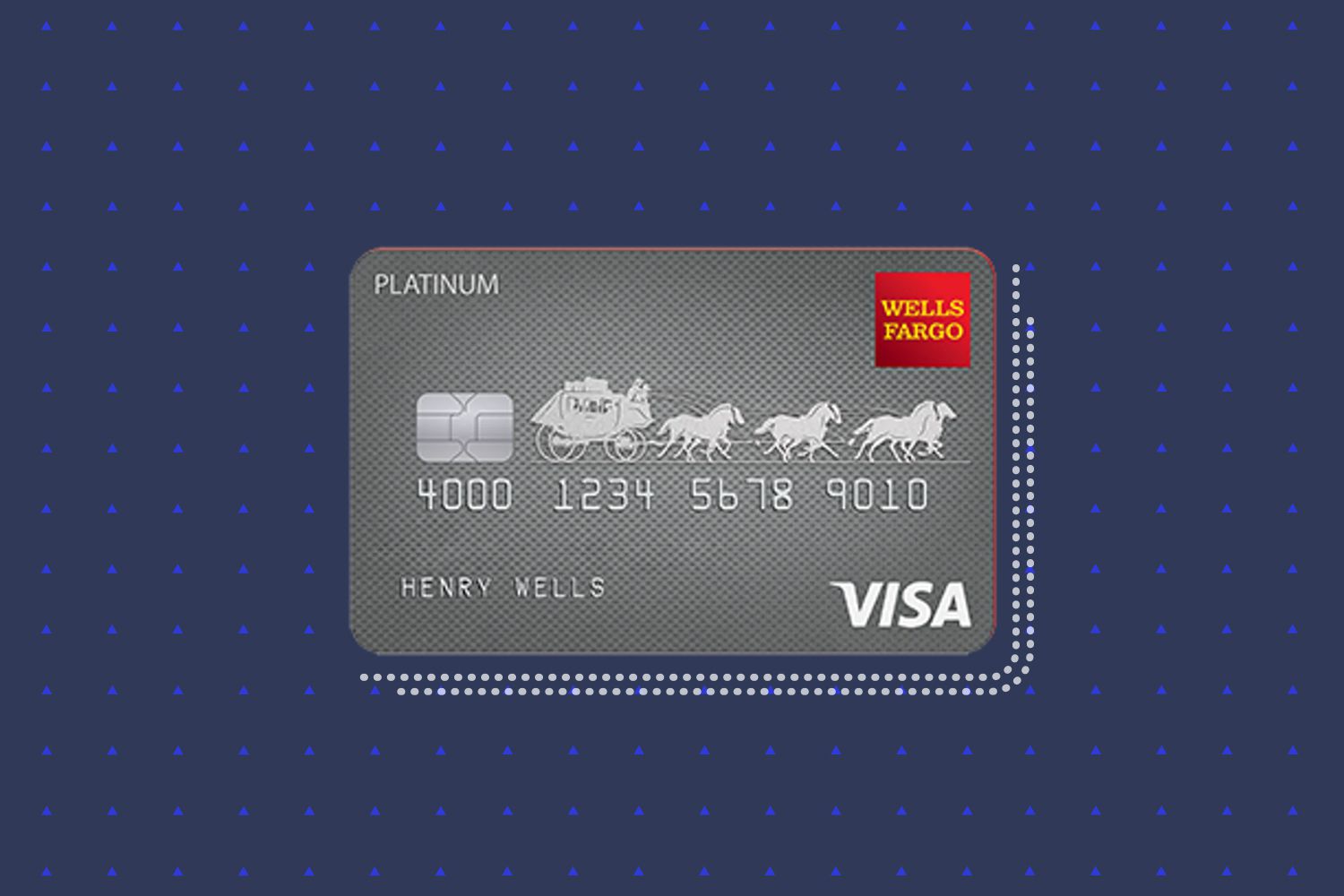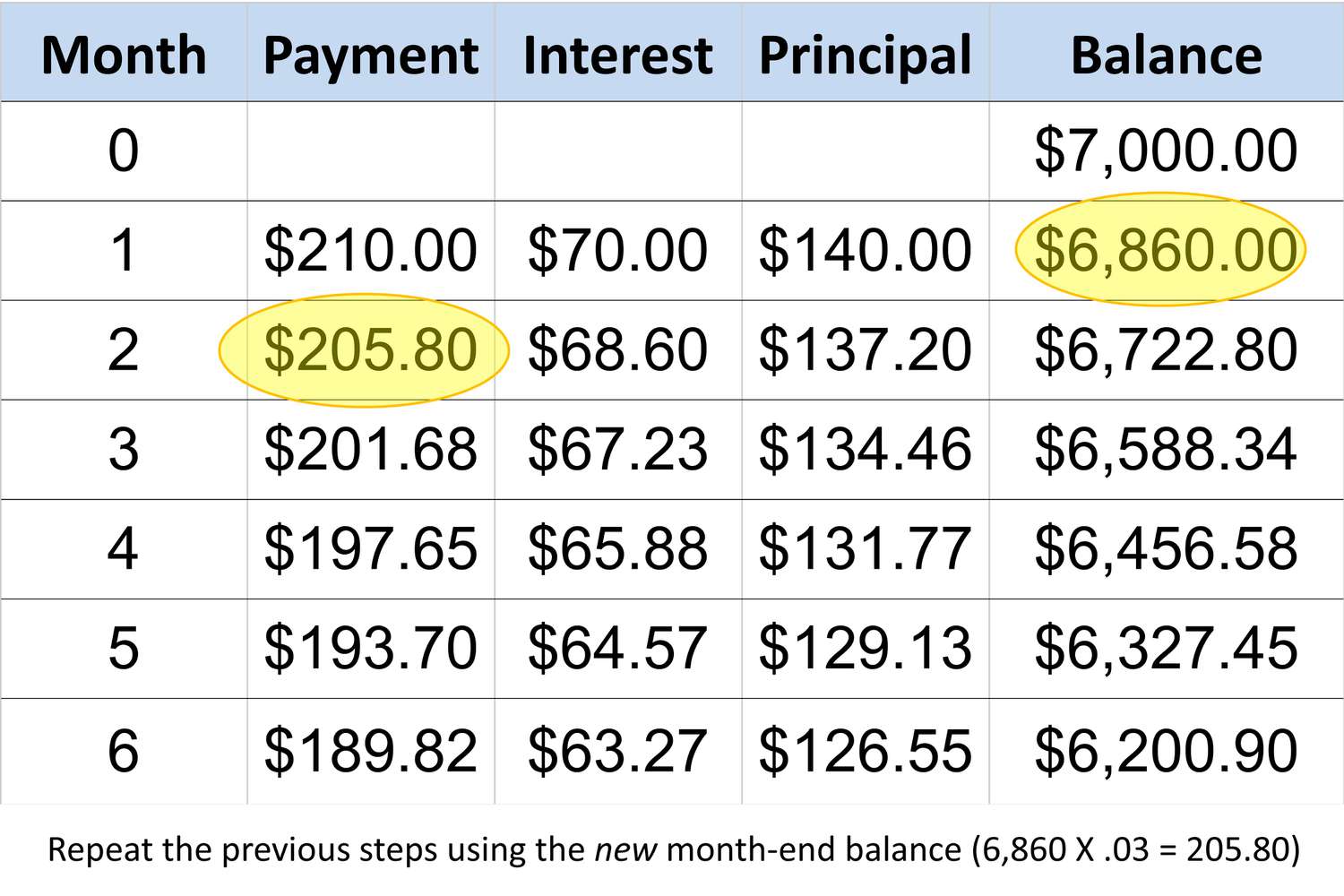

Finance
How Is Wells Fargo Minimum Payment Calculated
Modified: March 1, 2024
Learn how Wells Fargo calculates minimum payments and manage your finances effectively. Understand the factors that impact your minimum payment. Explore more on finance with Wells Fargo.
(Many of the links in this article redirect to a specific reviewed product. Your purchase of these products through affiliate links helps to generate commission for LiveWell, at no extra cost. Learn more)
Table of Contents
Introduction
Understanding Wells Fargo Minimum Payments: A Comprehensive Guide
Welcome to the world of personal finance, where understanding the intricacies of minimum payments can make a significant difference in your financial well-being. In this comprehensive guide, we delve into the specifics of Wells Fargo minimum payments, shedding light on how they are calculated and the factors that influence them. Whether you're a Wells Fargo customer or simply seeking to enhance your financial literacy, this article will equip you with the knowledge to navigate the realm of minimum payments with confidence.
Minimum payments are a fundamental aspect of managing credit card balances, and comprehending their nuances is crucial for maintaining healthy financial habits. With Wells Fargo being a prominent player in the financial industry, it's essential to grasp how they determine minimum payments and the variables that come into play. By gaining insight into this process, you can take proactive steps to manage your credit card obligations effectively.
Throughout this guide, we will explore the factors that influence Wells Fargo minimum payments, the specific calculations involved, and valuable tips for managing these payments. Understanding these elements will empower you to make informed decisions regarding your credit card usage and repayment strategies. Whether you're aiming to pay off your balance efficiently or simply seeking to stay informed about your financial obligations, this guide will provide you with the knowledge and tools necessary to navigate the landscape of Wells Fargo minimum payments.
Join us on this enlightening journey as we unravel the intricacies of Wells Fargo minimum payments, offering you a comprehensive understanding of this essential aspect of personal finance. Let's embark on this exploration together, empowering you to make informed financial decisions and take control of your credit card obligations.
Understanding Minimum Payments
Minimum payments represent the lowest amount that credit card holders must pay each month to maintain their accounts in good standing. While making the minimum payment by the due date prevents late fees and keeps the account from being reported as delinquent to credit bureaus, it’s important to recognize that paying only the minimum can result in accruing substantial interest over time. Understanding the significance of minimum payments is vital for responsible credit card management.
When it comes to Wells Fargo credit cards, the minimum payment is calculated based on various factors, including the outstanding balance, interest charges, and fees. By comprehending the mechanics behind minimum payments, cardholders can make informed decisions about how to manage their credit card balances effectively.
It’s essential to note that while making the minimum payment can fulfill the immediate obligation, it may not contribute significantly to reducing the overall balance. This can lead to a prolonged repayment period and increased interest costs, potentially creating a cycle of debt if not managed carefully. Therefore, understanding the implications of minimum payments and their long-term impact is crucial for maintaining financial stability.
By gaining a clear understanding of minimum payments, individuals can make informed choices about their credit card usage and repayment strategies. This knowledge empowers cardholders to take control of their financial obligations, ensuring that they manage their credit cards responsibly and avoid falling into the trap of escalating debt.
Throughout this guide, we will delve deeper into the specifics of Wells Fargo minimum payments, providing you with valuable insights into the factors that influence these payments and how they are calculated. Armed with this knowledge, you’ll be well-equipped to navigate the realm of minimum payments with confidence and make informed decisions regarding your credit card obligations.
Factors Affecting Wells Fargo Minimum Payments
Several key factors influence the calculation of Wells Fargo minimum payments, each playing a significant role in determining the amount that cardholders are required to pay each month. Understanding these factors is essential for gaining insight into the dynamics of minimum payments and their impact on credit card management.
Outstanding Balance: The outstanding balance on a Wells Fargo credit card is a primary determinant of the minimum payment. As the balance increases, the minimum payment is likely to follow suit, reflecting the higher amount owed and the corresponding repayment obligation.
Interest Charges: Wells Fargo applies interest to outstanding balances, and this factor directly affects the minimum payment. Higher interest charges lead to an increase in the minimum payment, as cardholders are required to address not only the principal balance but also the accrued interest.
Fees and Penalties: Additional fees and penalties, such as late payment fees or over-limit charges, can impact the minimum payment amount. These extra costs contribute to the total balance owed, thereby influencing the minimum payment requirement.
Payment History: The payment history of the cardholder can also influence the minimum payment. If a cardholder has a history of late payments or missed payments, Wells Fargo may adjust the minimum payment to mitigate the perceived risk associated with the account.
Credit Utilization: The utilization of available credit, or the ratio of the outstanding balance to the credit limit, can impact the minimum payment. Higher credit utilization may prompt Wells Fargo to adjust the minimum payment to reflect the increased risk associated with a higher balance relative to the credit limit.
By understanding these factors, Wells Fargo cardholders can gain insight into the elements that contribute to the determination of their minimum payments. This knowledge empowers individuals to make informed decisions about managing their credit card balances and adopting responsible repayment strategies, ultimately contributing to their overall financial well-being.
Calculating Wells Fargo Minimum Payments
Wells Fargo employs a specific formula to calculate minimum payments, taking into account various factors to determine the amount that cardholders are required to pay each month. While the exact calculation method may not be disclosed publicly, it typically involves a percentage of the outstanding balance, along with any applicable fees and interest charges.
It’s important to note that Wells Fargo, like many other financial institutions, sets a minimum payment floor. This means that the minimum payment will not fall below a certain threshold, ensuring that cardholders address at least a minimum portion of their outstanding balance each month.
When calculating minimum payments, Wells Fargo considers the total outstanding balance, including any purchases, cash advances, balance transfers, fees, and accrued interest. A percentage of this total balance, typically ranging from 1% to 3% or more, is then calculated to establish the minimum payment due.
Furthermore, Wells Fargo may include any fees, such as late payment fees or over-limit charges, in the minimum payment calculation. This ensures that cardholders address not only the principal balance but also any additional costs incurred as a result of account activity or delinquency.
Understanding the calculation method used by Wells Fargo to determine minimum payments provides cardholders with valuable insight into their repayment obligations. By grasping the components that contribute to the minimum payment amount, individuals can make informed decisions about managing their credit card balances and optimizing their repayment strategies.
It’s important for Wells Fargo cardholders to review their credit card statements carefully to understand how their minimum payments are calculated and to stay informed about any changes in the minimum payment amount. By staying proactive and informed, cardholders can effectively manage their credit card obligations and make strategic decisions to maintain financial stability.
Tips for Managing Wells Fargo Minimum Payments
Effectively managing Wells Fargo minimum payments is essential for maintaining healthy financial habits and avoiding unnecessary interest costs. By implementing strategic approaches to handle minimum payments, cardholders can navigate their credit card obligations with confidence and optimize their repayment strategies. Here are valuable tips for managing Wells Fargo minimum payments:
- Pay More Than the Minimum: While the minimum payment fulfills the immediate obligation, it’s advisable to pay more than the minimum whenever possible. By allocating additional funds towards the outstanding balance, cardholders can expedite the reduction of their overall debt and minimize interest costs over time.
- Create a Repayment Plan: Developing a structured repayment plan can help cardholders systematically address their credit card balances. By setting specific goals and allocating a certain amount towards repayment each month, individuals can make meaningful progress in reducing their outstanding balances.
- Monitor Spending Habits: Keeping a close eye on spending habits and exercising prudence in credit card usage can contribute to more manageable balances. By being mindful of expenditures and avoiding unnecessary purchases, cardholders can prevent their balances from escalating, thereby facilitating easier management of minimum payments.
- Set Up Payment Reminders: Missing a payment can lead to late fees and potential impacts on credit scores. Setting up payment reminders, whether through Wells Fargo’s online banking platform or using external tools, can help ensure that minimum payments are made on time, thereby avoiding unnecessary penalties.
- Explore Balance Transfer Options: For cardholders facing high interest rates, exploring the possibility of transferring balances to a Wells Fargo card with a lower promotional rate or to another institution offering favorable terms can be a strategic move. This can help reduce interest costs and make managing minimum payments more feasible.
- Seek Financial Counseling if Needed: In cases where managing credit card obligations becomes challenging, seeking financial counseling or guidance can provide valuable support. Wells Fargo may offer resources or referrals to financial counseling services, empowering cardholders to address their financial concerns effectively.
By incorporating these tips into their financial management practices, Wells Fargo cardholders can proactively address their minimum payments and work towards reducing their credit card balances efficiently. Taking a proactive and informed approach to managing minimum payments is integral to maintaining financial stability and working towards long-term financial well-being.
Conclusion
Understanding the intricacies of Wells Fargo minimum payments is a fundamental aspect of responsible credit card management. By gaining insight into the factors that influence minimum payments and the specific calculations involved, cardholders can navigate their credit card obligations with confidence and make informed decisions regarding their repayment strategies.
Throughout this comprehensive guide, we’ve explored the significance of minimum payments, shedding light on how Wells Fargo determines these essential financial obligations. From the impact of outstanding balances and interest charges to the calculation methods employed, we’ve delved into the mechanics of minimum payments, equipping readers with valuable knowledge to manage their credit card balances effectively.
It’s crucial for Wells Fargo cardholders to recognize the implications of making only the minimum payment, as this approach can lead to prolonged repayment periods and increased interest costs. By implementing strategic approaches such as paying more than the minimum, creating structured repayment plans, and monitoring spending habits, individuals can proactively address their minimum payments and work towards reducing their overall credit card balances.
Furthermore, staying informed about payment reminders, exploring balance transfer options, and seeking financial counseling if needed are proactive steps that can contribute to more manageable credit card obligations. By taking a proactive and informed approach to managing minimum payments, cardholders can maintain financial stability and work towards long-term financial well-being.
Empowered with the knowledge and insights provided in this guide, Wells Fargo cardholders are well-equipped to navigate the realm of minimum payments with confidence, ensuring that they manage their credit card obligations responsibly and optimize their financial well-being.
As you continue your financial journey, remember that understanding the dynamics of minimum payments is a powerful tool for maintaining healthy financial habits and working towards achieving your long-term financial goals. By staying proactive, informed, and strategic in your approach to managing minimum payments, you can pave the way for a more secure financial future.














